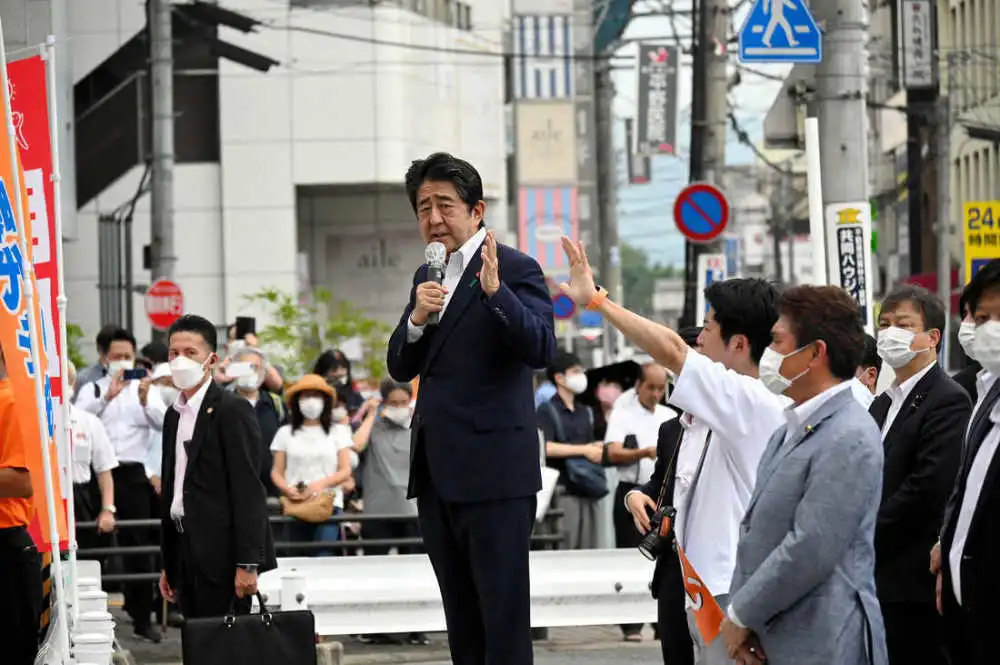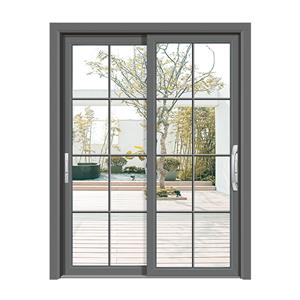Shinzo Abe was assassinated, and the honor and disgrace of his life have gone with the wind

Former Japanese Prime Minister Shinzo Abe was attacked and shot while delivering a speech for Liberal Democratic Party Senate candidates near a station in Nara City on the morning of the 8th. He died in hospital from his injuries at the age of 67.
Japanese media NHK reported that after Abe was attacked, the suspect did not try to escape, and the police quickly arrested him near the scene. His name is Toruya Yamagami and he served in the Maritime Self-Defense Force for 3 years. He claimed that his motivation was "dissatisfaction with Abe and wanting to kill him", not resentment against Abe's political creed. He brought the gun disguised as a camera into the scene, but the security guards were negligent and did not see through. It is very possible that the security personnel did not conduct a careful inspection at all. After all, Japan is a relatively safe society, and the last time a leader was assassinated was in the 1960s.
While the assassination had no apparent political motive, the killer was often meticulously prepared. Japan recognizes the people's right to own guns, but through complicated approval and monitoring regulations, the storage location and existence status of each gun and bullet must be regularly tracked, and the status of gun holders is regularly reviewed. This actually dispelled the urge to carry guns for most Japanese. The murderer used the grip of the pistol to shorten the gun body to facilitate concealment. This shows that the murderer came prepared, and probably stepped on it beforehand.




